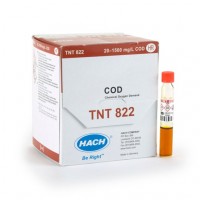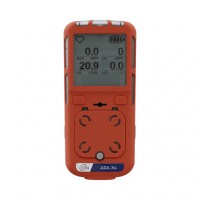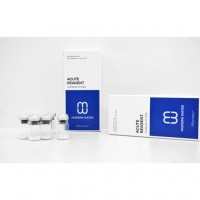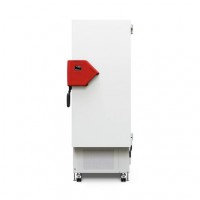Albédomètre
- Kipp and Zonen - CMA 11 and CMA 6
Voir la soumission
Réponse rapide par nos spécialistes
Avantages de faire affaire avec Geneq - en savoir plus
The albedo of a surface is the extent to which it diffusely reflects short-wave radiation from the sun in the wavelength range from 300 to 3000 nanometers (nm).
It is the ratio of the reflected radiation to the incoming radiation and varies from 0 (dark) to 1 (bright). As an indication, albedo is about 0.15 for grass, 0.5 for dry sand and 0.8 for fresh snow.
An Albedometer consists of two pyranometers. The upper sensor measures incoming global solar radiation and the lower sensor measures solar radiation reflected from the surface below. When the two signal outputs have been converted to irradiance in W/m², the albedo can be simply calculated.
Kipp & Zonen has been manufacturing pyranometers for over 75 years and our CMA albedometers share this experience and technology. They comply with the requirements of ISO 9060:1990 and are fully traceable to the World Radiometric Reference (WRR) in Davos, Switzerland, where Kipp & Zonen instruments form part of the World Standard Group.
Applications
Kipp & Zonen albedometers have been developed for use in all environments, from the Antarctic to deserts. They are installed around the world for meteorology, hydrology, climate research, and agriculture. A particular use is for measuring the changing albedo of glaciers, snow and ice fields in climate change research.
Kipp & Zonen CMA albedometers are convenient all-in-one instruments designed for a long operating life with simple maintenance and the light weight is ideal for portable applications.
Choice of albedometer
| The most appropriate model for an application depends on the desired accuracy and performance. CMA albedometers have broadband thermopile detectors and double glass domes, an integrated bubble level and a white sun shield to prevent the body heating up. The waterproof connector has gold-plated contacts and is fitted with 10 m of high quality signal cable as standard. The instruments do not require power and are supplied with calibration certificates traceable to the WRR. |
| CMA 6 |
| CMA 6 is an ISO First Class albedometer that uses two CMP 6 pyranometer detector assemblies built into a single housing. An integrated glare screen prevents direct illumination of the lower domes at sunrise and sunset, and a screw-in drying cartridge keeps the interior free from humidity. A mounting rod is fitted to provide easy attachment to a mast. Its good quality and cost-effectiveness make CMA 6 ideal for meteorology, hydrology and agriculture. |
| CMA 11 |
| CMA 11 is a double CMP 11 pyranometer that complies with the highest level of ISO classification, Secondary Standard. It has all the features of the CMA 6 but a faster response detector design with temperature compensation. CMA 11 is recommended for scientific applications, for which accuracy needs to be according to the highest standards. |
Other Configurations
An entry level albedometer can be configured by using two CMP 3 pyranometers and the accessory mounting rod. Highest performance albedometers can be assembled using two CMP 21 or CMP 22 pyranometers and a CMF 1 mounting fixture. Ventilated setups are also possible.
Specifications
| CMA6 | CMA11 | |
| ISO 9060:1990 CLASSIFICATION | First Class | Secondary Standard |
| Response time (95 %) | < 18 s | < 5 s |
| Non-linearity (0 to 1000 W/m²) | < 1 % | < 0.2 % |
| Tilt error (at 1000 W/m²) | < 1 % | < 0.2 % |
| Temperature dependence of sensitivity | < 4 % (-10 °C to +40 °C) | < 1% (-10 °C to +40 °C) |
| Sensitivity | 5 to 20 μV/W/m² | 7 to 14 μV/W/m² |
| Impedance | 20 to 200 Ω | 10 to 100 Ω |
| Operating temperature | -40°C to +80°C | -40°C to +80°C |
| Spectral range (50% points) | 285 to 2800 nm | 285 to 2800 nm |
| Maximum irradiance | 2000 W/m² | 4000 W/m² |
| Directional error (up to 80 ° with 1000 W/m² beam) | < 20 W/m² | < 10 W/m² |
| Weight (including rod & cable) | 1.2 kg | 1.2 kg |
| The CMA series have a standard cable lenght of 10 m Optional cable lenghts 25 m and 50 m | ||
| Note: The performance specifications quoted are worst-case and/or maximum values | ||







Avez-vous une question ?
min 10 ch